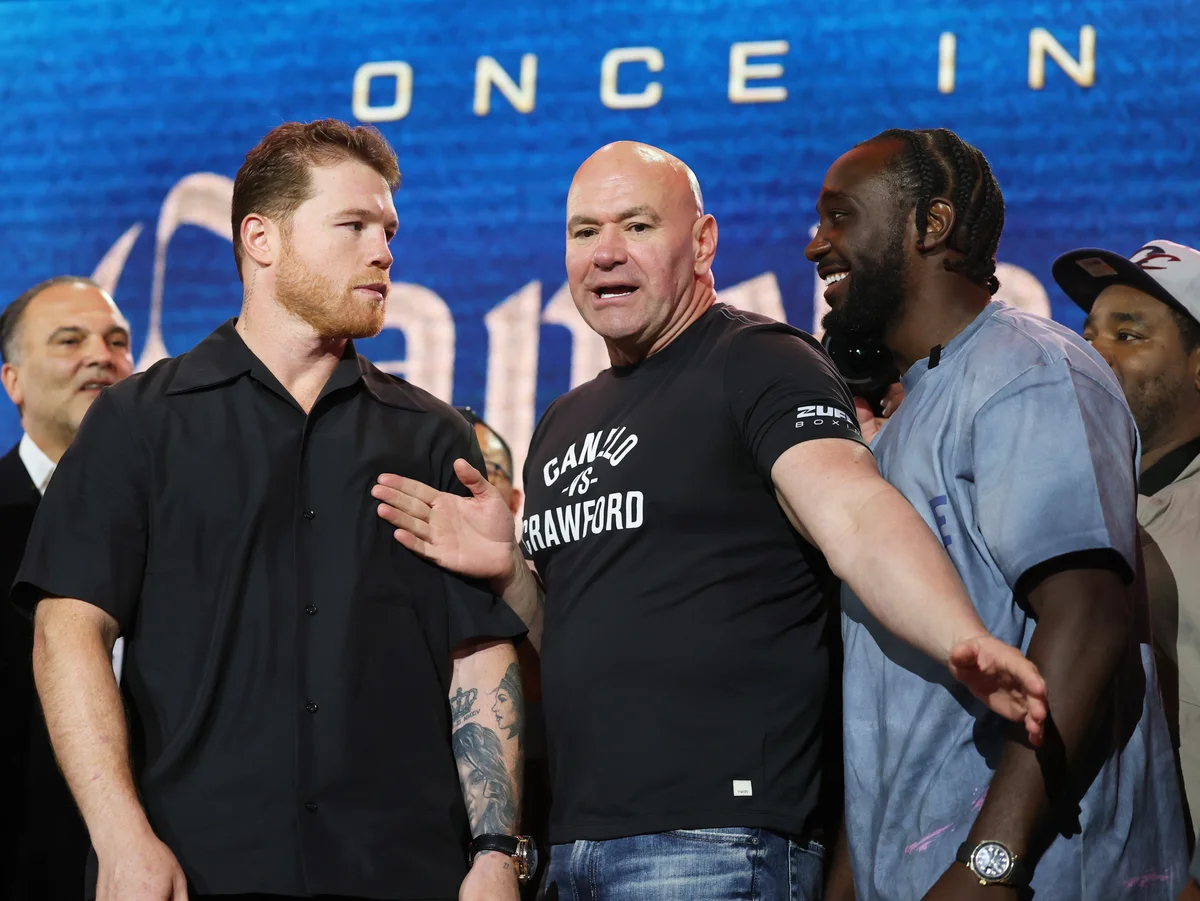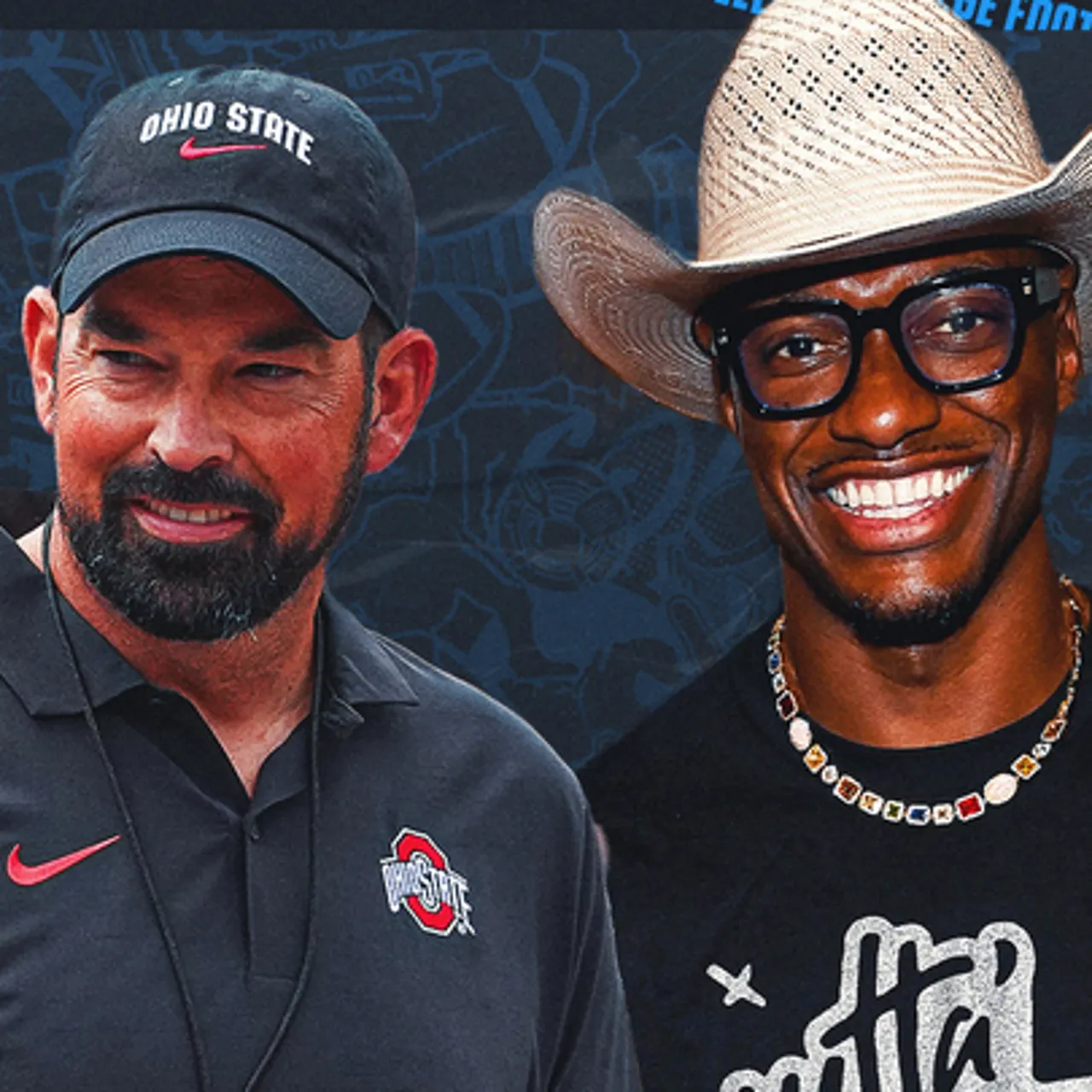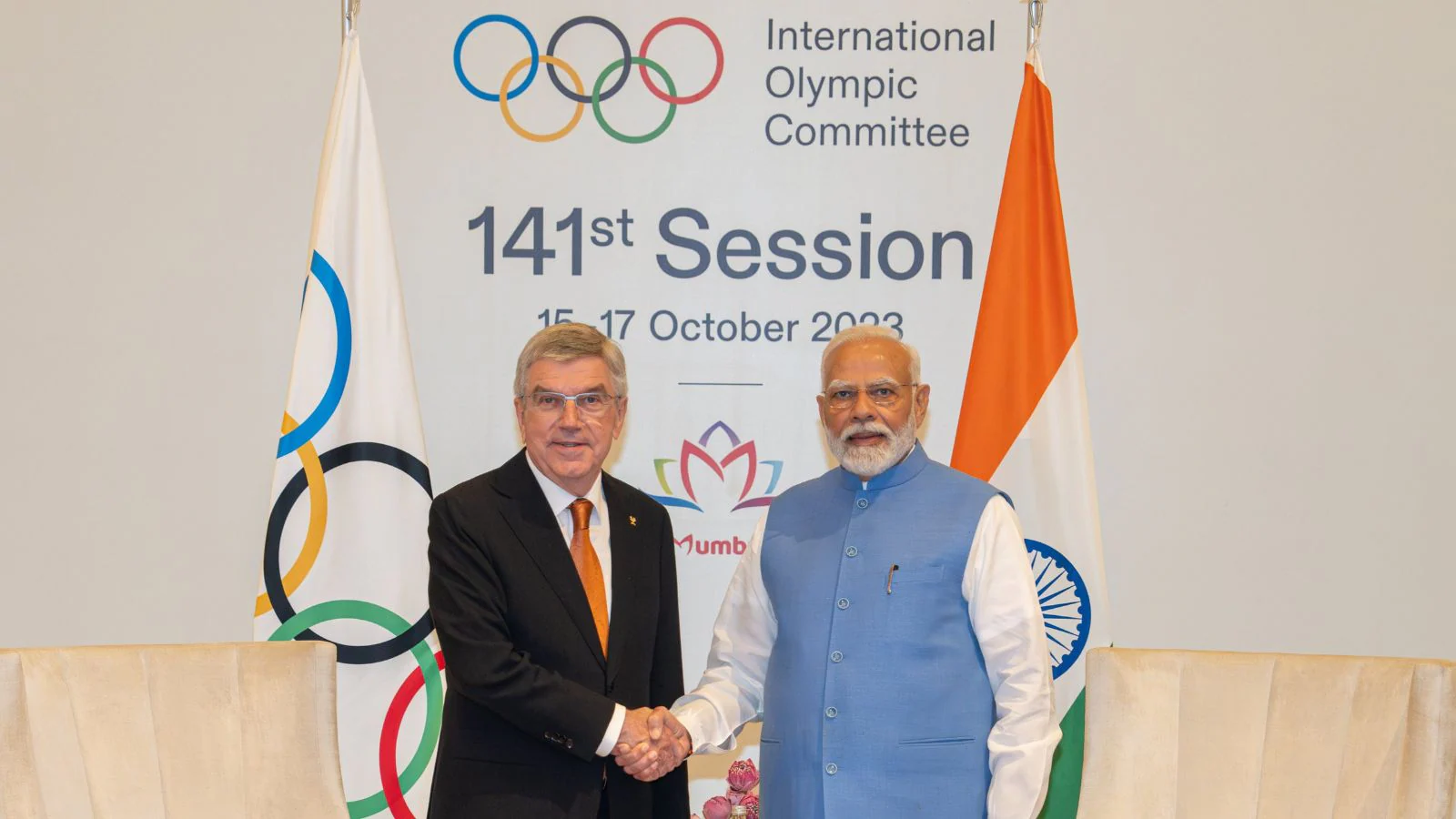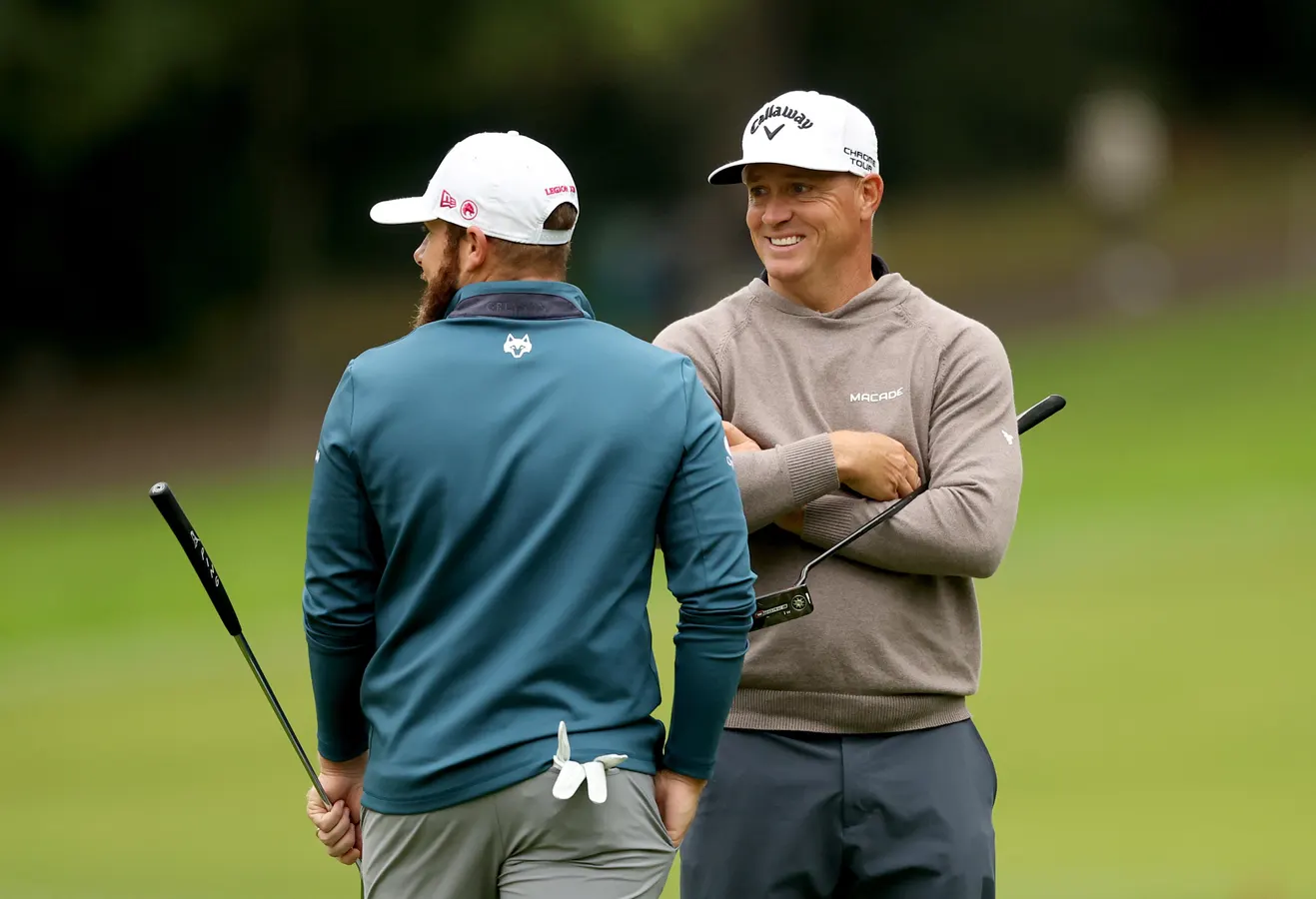By Harry Bullmore
Copyright independent

Gaining weight is difficult when your job involves training for hours each day – especially when that training involves sweat-drenched sparring sessions, intense strength and conditioning work and more besides.
This is the challenge that faces Terence Crawford. To meet Canelo Alvarez in the 168lbs super middleweight division on September 13, Bud needed to bulk up to the tune of 14lbs. His strength and conditioning coach Chet Fortune is part of the team responsible for making that happen.
“Unlike some fighters, Bud comes [into camp] pretty dialled in; he’s working out all year long,” Fortune says.
“Preparing for Canelo, we didn’t have to worry about cutting muscle just to get to a weight. [When] we cut away the fat he’s got, he’s pretty much at weight, whereas for every other fight he’s had at 154lbs, because you’re so focused on getting to that number, you’re cutting muscle too.”
Below, Fortune reveals how Crawford added this considerable amount of muscle to his frame in such a short period, and why he thinks this new physique will be a favourable fighting weight for his athlete.
Subscribe to DAZN now to watch over 185 fights a year
Diet does most of the heavy lifting for those looking to change their weight, and a calorie surplus – consuming more calories than you expend each day – is essential for Crawford’s goals. But alongside ensuring he was eating enough, his team of doctors, scientists, nutritionists, herbalists and coaches also needed to provide the right foods for maintaining muscle and supporting his training. This meant a diet high in protein and carbohydrates.
“Making sure you are getting the proper nutrition to fuel [your training sessions] is key,” says Fortune. “He was eating a lot more. We had to make sure he was eating enough and getting enough nutrition.
“He trusts his team, and he has these people in place for a reason. They’re following the protocol, and if you do that you’re going to see great results. That’s what has happened during this camp.”
The approach for this diet was moulded by both science and Crawford’s past experiences.
“He knows his body, how he feels and how he functions,” says Fortune. “We’ve had some other camps where he had a real herbalist-type approach. A big part [of the direction for this camp] was him having all of these experiences, trusting the process in the beginning, then getting to his workouts feeling good.”
With his increased food intake around training, Fortune says Crawford had “more energy” during his training sessions, allowing him to up the quality of his workouts.
“Early on, he noticed the surplus of food was benefitting him – in every workout he did, he felt more energised,” his coach says. “From that point it became easy, because if you believe in the process and the professionals around you, all you have to do is work and you will get benefits from it.
“I think that’s what made this work. He trusted us from the beginning; he didn’t deviate from the plan; he let everybody play their role, and it worked out great.”
Read more: The daily non-negotiables that transformed Conor Benn’s health and mindset in 70 days
The simplest way to gain weight quickly is to eat significantly more and move significantly less, creating a large calorie surplus. However, for Crawford to go the distance with Canelo in the ring, regular conditioning sessions were a must during his pre-fight camp – think boxing, skipping with a weighted vest, weighted hill walks, swimming, Assault Bike sprints and more. His calorie intake had to be especially high to account for this added energy expenditure.
On top of this, Fortune had to ensure Crawford put on weight in the right way, and in the right places – strengthening key muscles while avoiding excess weight where it was not needed. To do this, he applied knowledge from his background in bodybuilding and elite-level athletics coaching, balancing Crawford’s workouts to hit every muscle group each week.
“I think the body performs best when it’s symmetrical,” he says. “The more symmetrical you are, the better the outcome, from an athletic standpoint. You can’t just think, ‘I want to pack a harder punch so I’m going to work on my arms’. The body is a kinetic chain; it all works as one.”
The kinetic chain is a phrase applied to the interconnected system of bones, muscles and other tissues spread throughout the body. Power for a punch is generated from the ground up, then transferred through the legs, hips and core before being expressed via the arm and fist.
For this reason, Fortune placed a heavy emphasis on explosive movements, core work and high-resistance leg exercises during Crawford’s pre-Canelo camp.
“It’s not aesthetics we’re after, it’s strength-endurance and making sure the athlete is strong for a long time,” he says. “I’m also making sure he doesn’t sacrifice upper-body speed.
“If you can focus on a lot of leg work, the majority of the power in combat sports is going to come from the hips and legs.”
Fortune also observed Crawford closely during his daily training sessions – in the ring, in the gym and elsewhere. His observations informed tweaks to the fighter’s strength and conditioning workouts.
“I’m analysing everything; the way his legs are moving; how much energy he has; the pop in his punch,” Fortune says. “That dictates what we’re doing the next day, as far as strength and conditioning is concerned.
“You can throw bodyweight punches and jabs, and your shoulders are going to get tired, right? So one day we might do high-volume lateral band work or lateral raises. Then another day, because I know what type of work he had the day before, I’ll do something different. [Then if I see] the outer part of his shoulders are growing but his traps aren’t growing, I’m going to hit some heavy traps [exercises].
“Like I said, I wasn’t focused on aesthetics, but you have to appreciate the symmetrical attributes of the body and how they work with everything he does from an athletic standpoint.”
Read more: The best exercises for developing knockout punching power, according to leading boxing coach
Portions of the internet have voiced their concerns that Crawford’s newfound kilos will slow him down in the ring. Bud disagrees, and Fortune does too.
“I think, naturally, he’s a 168lbs type of guy,” his coach says. “People don’t realise it, but Bud’s main sparring partners are 168lbs or 175lbs.”
Occasional visitors to Crawford’s camp, such as photographers and PR agents, have been shocked by the transformation in not just his physique, but his performance too.
“His upper body is bigger, his shoulders are obviously a lot broader, and his back is more muscular,” says Fortune. “But everybody that’s seen him recently, whether it’s when he’s sparring or doing his boxing work, says it looks like he has more speed. It sounds crazy, but he has more muscle, and the added weight isn’t significant enough to slow him down.”
Add into the equation the fact that Crawford has a few centimetres on Canelo, both in height and in reach, and you have a fascinating contest on the horizon on September 13.
Read more: ‘Don’t try this at home’ – the brutal NFL strength and conditioning protocol that some boxers can also benefit from
DAZN is the home of combat sports, broadcasting over 185 fights a year from the world’s best promoters, including Matchroom, Queensberry, Golden Boy, Misfits, PFL, BKFC, GLORY and more. An Annual Saver subscription is a one-off cost of £119.99 / $224.99 (for 12 months access), that’s just 64p / $1.21 per fight.
There is also a Monthly Flex Pass option (cancel any time) at £24.99 / $29.99 per month. A subscription includes weekly magazine shows, comprehensive fight library, exclusive interviews, behind-the-scenes documentaries, and podcasts and vodcasts.
For pricing in your country, more information and to sign up, click here.



